When considering wart treatment options, a common concern is how long does it take for warts to heal after removal. Understanding the healing timeline is essential, especially if you’re planning for cosmetic clarity or want to prevent future complications. Wart Removal(علاج الثاليل) are benign skin growths caused by certain strains of the human papillomavirus (HPV), and while there are various methods to remove them—ranging from over-the-counter treatments to professional procedures—the time it takes for your skin to fully heal depends on several key factors including the treatment method, size and type of wart, and your individual healing response.
What Influences Healing Time After Wart Removal?
Healing from wart removal is a process influenced by both internal and external factors. While some people may notice skin restoration within days, others may take weeks to months for full recovery.
Key Factors Affecting Healing
- Type of wart: Common, plantar, flat, or genital
- Removal method used: Cryotherapy, laser, surgical excision, salicylic acid, etc.
- Location of wart: Feet (plantar warts) may take longer due to pressure
- Skin sensitivity and overall health
- Post-removal aftercare adherence
| Removal Method | Estimated Healing Time | Recommended Aftercare |
|---|---|---|
| Salicylic Acid | 1 to 3 weeks | Keep area clean, moisturized, covered |
| Cryotherapy | 1 to 2 weeks | Expect blistering; avoid picking |
| Laser Removal | 2 to 4 weeks | Gentle cleansing, avoid sun exposure |
| Surgical Excision | 2 to 6 weeks | Wound care, scar prevention practices |
| Natural Remedies | Varies (weeks to months) | Consistent application, hygiene |
Healing Stages After Wart Removal:
No matter the treatment method, your skin typically follows a consistent pattern during the healing process. Recognizing these phases can help you monitor your progress and prevent infection or scarring.
Common Healing Stages
- Initial inflammation: Redness, swelling, or slight discomfort for 1–3 days
- Tissue rebuilding: New skin starts to form beneath the treated area
- Crusting and scabbing: A natural scab may form as the top layer of skin regenerates
- Full regeneration: Skin texture and pigmentation normalize over time
Tips to Support Faster Healing
- Avoid touching or scratching the treated area
- Follow hygiene practices meticulously
- Apply antibacterial ointments if recommended
- Use sunscreen on healing skin to prevent pigmentation
- Keep the area dry but moisturized to aid regeneration
Benefits of Proper Healing After Wart Removal:
Allowing your skin to heal completely has both functional and aesthetic advantages. Rushing the process or neglecting aftercare can lead to complications such as infection or scarring.
Benefits of Full Wart Healing
- Clear, smooth skin appearance
- Reduced chance of wart recurrence
- Minimal or no scarring
- Decreased risk of secondary infections
- Restored skin function and barrier protection
Possible Side Effects and What to Watch For:
While most wart removal methods are safe, some side effects or complications may delay healing. Identifying and managing these issues early can significantly shorten your recovery timeline.
Common Side Effects
- Temporary pain, redness, or blistering
- Minor scarring or pigment changes
- Swelling and sensitivity around the treated site
- Delayed healing in high-friction areas like feet
| Side Effect | Cause | How to Manage It |
|---|---|---|
| Scarring | Aggressive treatment or picking | Use silicone gel or scar creams |
| Infection | Poor hygiene or open wound exposure | Apply antibiotic cream, consult provider |
| Discoloration | Sun exposure during healing | Use sunscreen, wear protective clothing |
| Recurrence | Incomplete wart removal | Follow-up with second treatment if needed |
Frequently Asked Questions About Wart Removal Healing:
How long does it take for a wart to heal after freezing?
Most warts heal within 1–2 weeks after cryotherapy.
Can I shower after wart removal?
Yes, but avoid scrubbing or soaking the treated area.
Is it normal for a wart to scab after removal?
Yes, scabbing is a sign the skin is regenerating.
When can I apply makeup or lotion over the treated area?
Once the skin is fully healed and no longer tender.
What if my wart comes back after healing?
Re-treatment may be necessary; consult a professional.
Comparing Healing Times Across Different Wart Treatments:
| Treatment Method | Typical Use Case | Healing Timeframe | Post-Care Complexity |
|---|---|---|---|
| Salicylic Acid | At-home for common warts | 1–3 weeks | Low, but needs consistency |
| Cryotherapy | Stubborn or plantar warts | 1–2 weeks | Moderate (blister care) |
| Laser Therapy | Facial or multiple warts | 2–4 weeks | High (avoid sun, wound care) |
| Surgery | Deep or painful warts | 2–6 weeks | High (stitches, wound care) |
| Natural Remedies | Small warts, non-urgent | Varies widely | Low but longer timeline |
Conclusion
Knowing how long does it take for warts to heal after removal helps set realistic expectations and encourages proactive skin care. Healing time varies based on treatment method, wart type, and how well you care for your skin afterward. Whether you opt for salicylic acid, cryotherapy, laser, or natural remedies, most people can expect complete healing within one to six weeks. Supporting your recovery through proper hygiene, avoiding irritation, and protecting the area from sunlight will help minimize risks like infection, scarring, and recurrence. Be patient with the healing process—skin takes time to restore itself fully, but the end result is worth the effort.

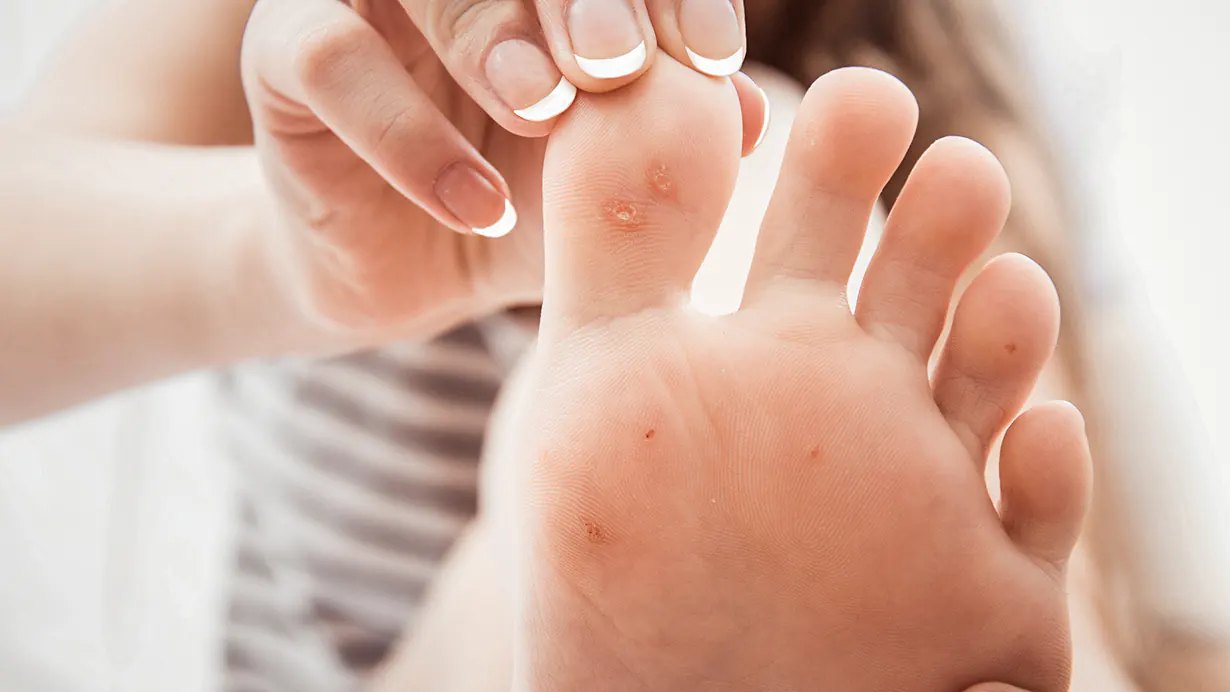






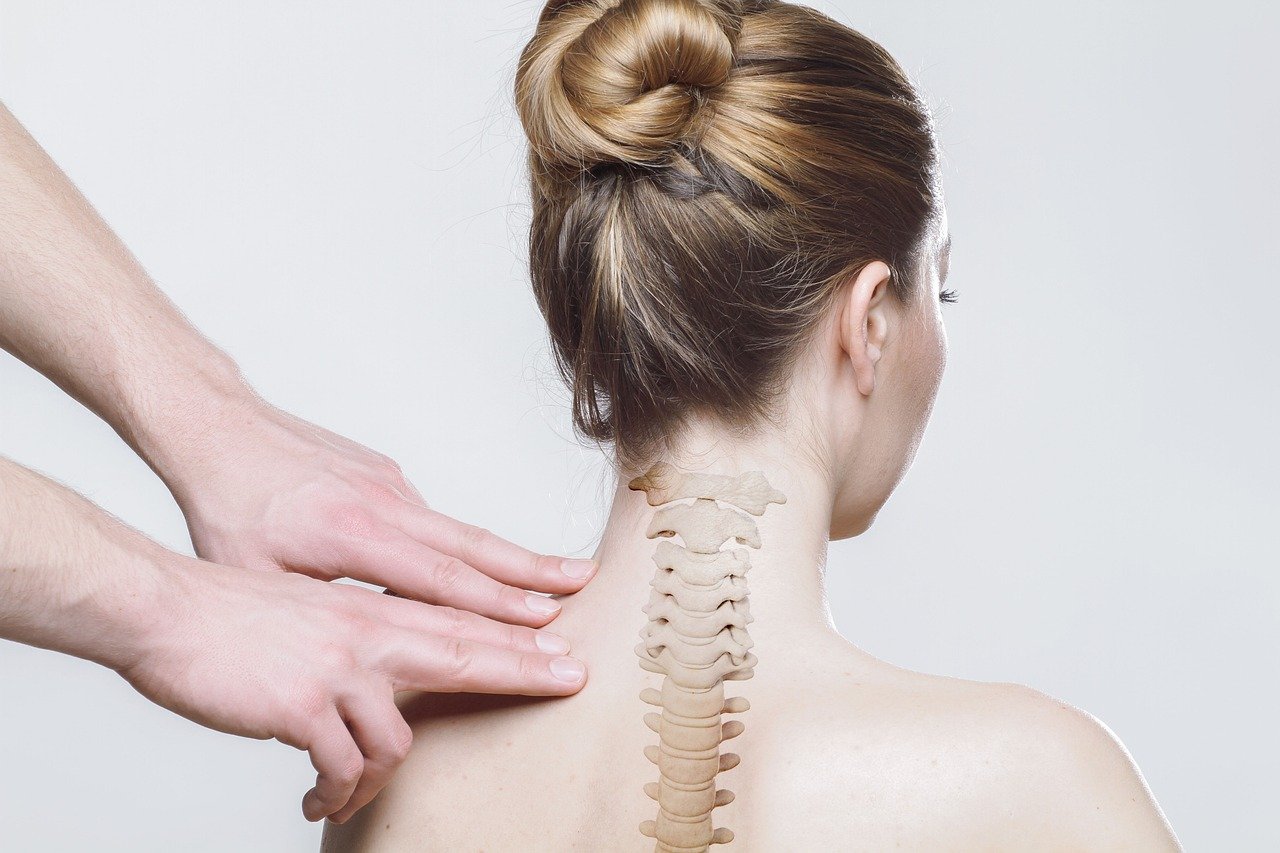
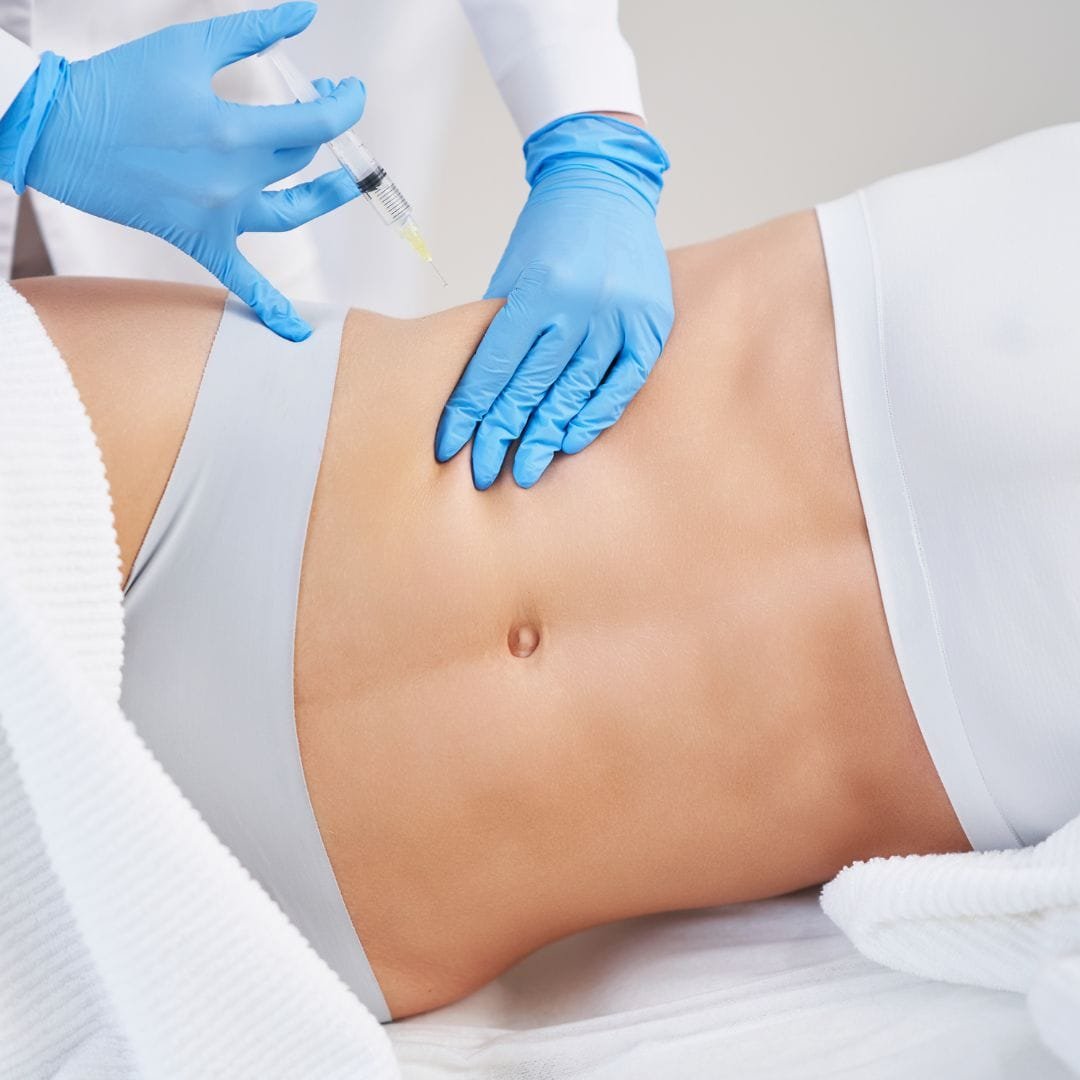
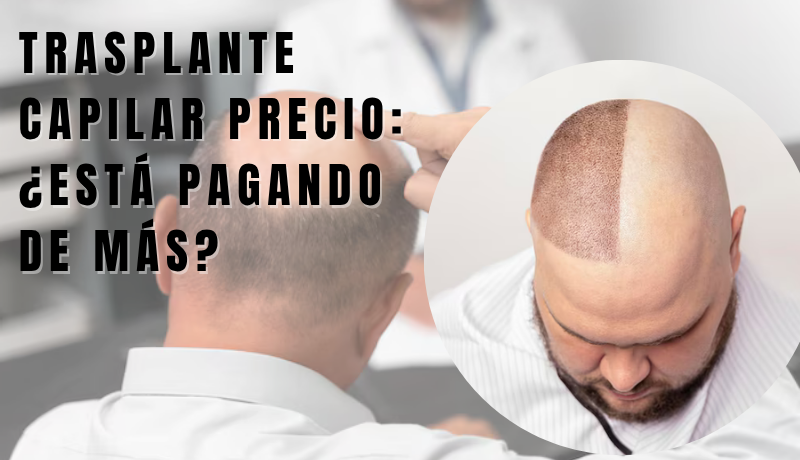
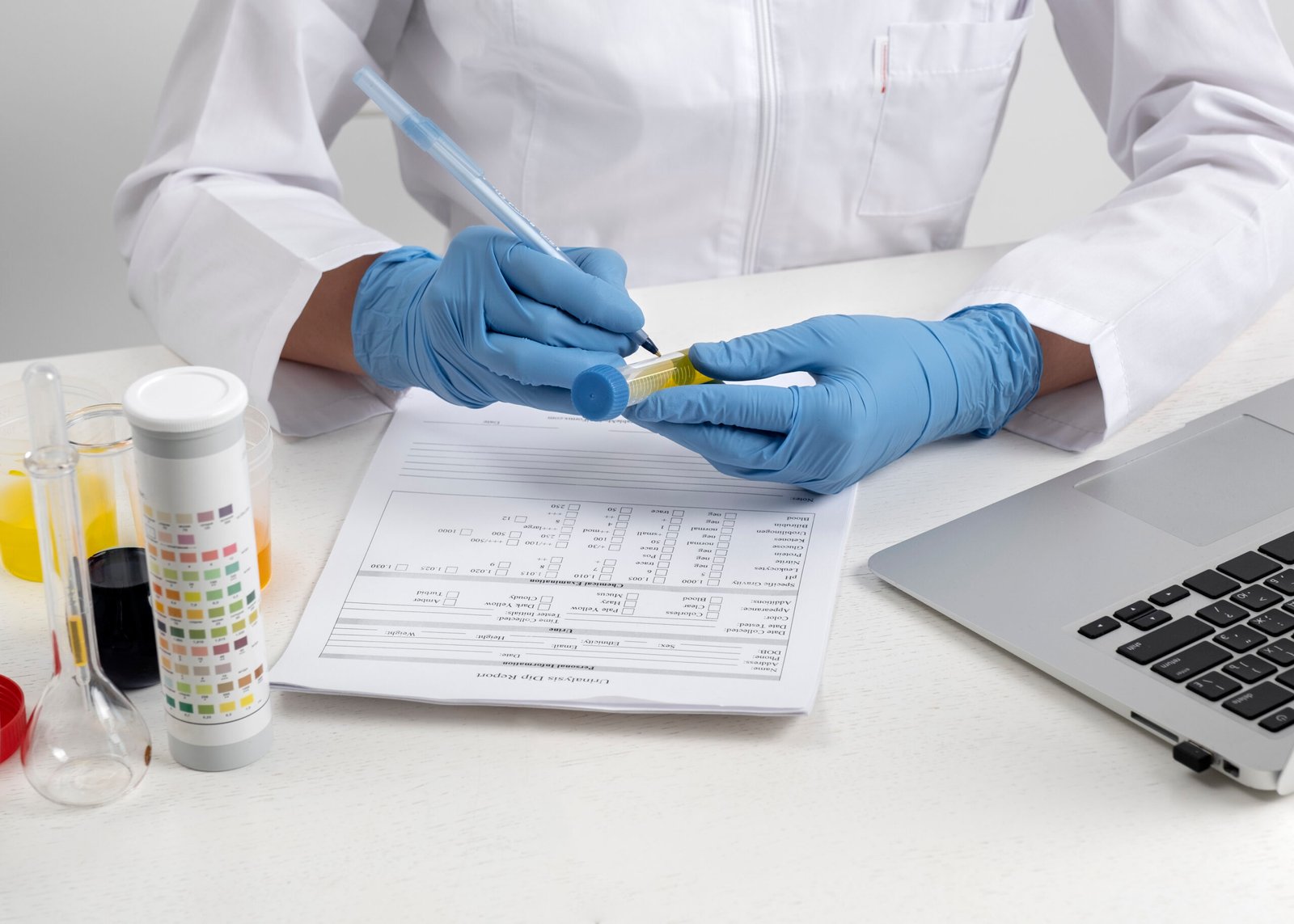




Leave a Reply